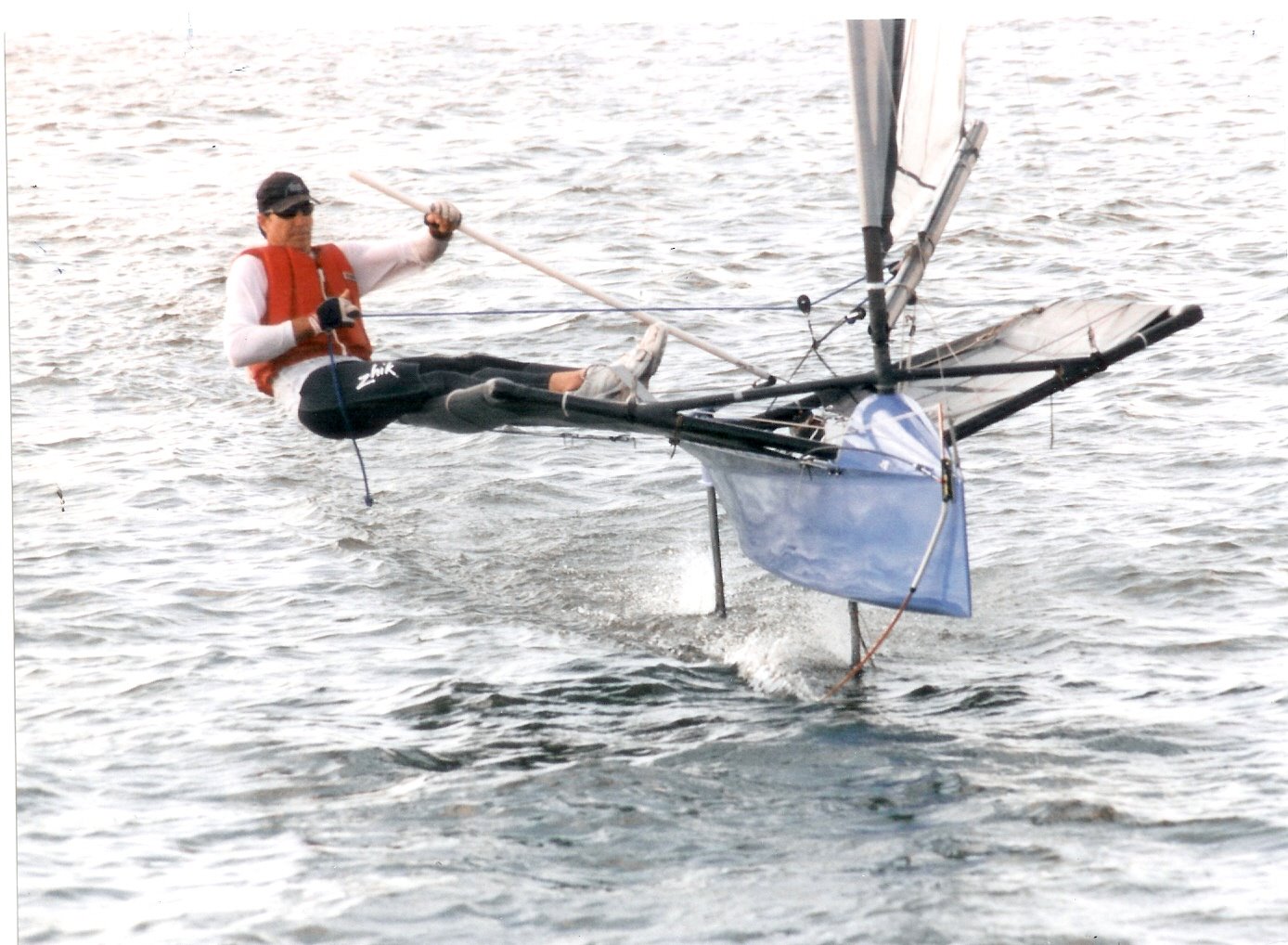The racing venue is at the intersection of two important geological features: the Columbia River flowing from its headwaters in the Rocky Mountains west to the Pacific Ocean and the Cascade Mountain Range, running north and south about eighty miles inland from the coastline. The Columbia River is now the boundary between the states of Washington and Oregon.
View Larger Map
For those who don't know, these two states in the US Pacific Northwest are home to some of the most forward thinking companies and organ1zations, including Starbucks Coffee, Micrsoft Computers, Boeing Comercial Aircraft, Nike shoes and apparel, and lots of Micro-breweries!
As the Columbia River flowed from the Rockies to the Pacific over eons of time, the landscape beneath the river has changed. Two tectonic plates, the Juan de Fuca plate and the North American plate are colliding and forcing the land up, forming the Cascade Range and creating a geologically active area of earthquakes and volcanic eruptions, part of the "Pacific Ring of Fire." Many active volcanoes form part of this range, including Mount St. Helens, but 35 miles north of our sailing venue. This particular mountain had a famous eruption in 1980 and in the past few years has shown unstable activity. Since the gradual subduction of the Juan de Fuca plate uplifted the land at a slower rate than the river could erode it, the Columbia carved a Gorge through the rising mountains. The Columbia River Gorge is the only significant break in the mountain range and historically was the path taken by the first white explorers in 1805.

Lewis and Clark and Susan, from our 25th anniversary bike ride across the USA.
Lewis and Clark were two explorers who were sent by President Thomas Jefferson to explore the Louisiana Purchase territory, which had recent been acquired from France. Part of their mission was to see if a reasonable water route existed through the mountains from the Mississippi River to the Pacific Ocean. Their expedition utilized the major river systems (Mississippi, Missouri, Yellowstone, Snake, Columbia) and found not one mountain range but hundreds of miles of rugged mountains, the last of which they named the Cascades because of the rapids they encountered there.
The Columbia River cascades were formed about 300 years ago when two mountains on the north side of the river collapsed, probably during a large earthquake. The resulting landslide blocked the river and created a 200 foot high bridge which the native americans called the "bridge of the gods." The river eventually broke through the landslide but the remaining rocks created the rapids and hence the cascades. Lewis and Clark portaged around the rapids and when commercial traffic on the river was instituted later a system of locks were created to circumvent the rapids (these were the "cascade locks" of our venue.) Subsequently, the Bonneville dam was built about four miles downstream of the locks and the resulting rise in the river level flooded the cascades and removed the need for the locks. We will be sailing on the backed up river, whose flow is controlled by the dam downstream. Interestingly, in 1926 a bridge was built at Cascade Locks and was named the Bridge of the Gods, after the geologic event a couple of hundred years earlier.

The Cascade Range and the Gorge combine to create a reliable "sea-breeze". East of the mountains the land is dry and hot. The cool maritime air west of the mountains flows upstream to replace the rising thermals. We get to sail in this thermal driven flow. In some locations, notably the "Hatchery," about 15 miles upstream of our venue, the wind is very strong and draws the windsurfers looking for extreme conditions. At the locks, the wind is a quite a bit less extreme and suitable for excellent dinghy racing. So what's going on now? The CGRA recently hosted the 29er, 49er and I-14 classes for a major regatta and I'll try to get some info on the conditions they experienced.


No comments:
Post a Comment